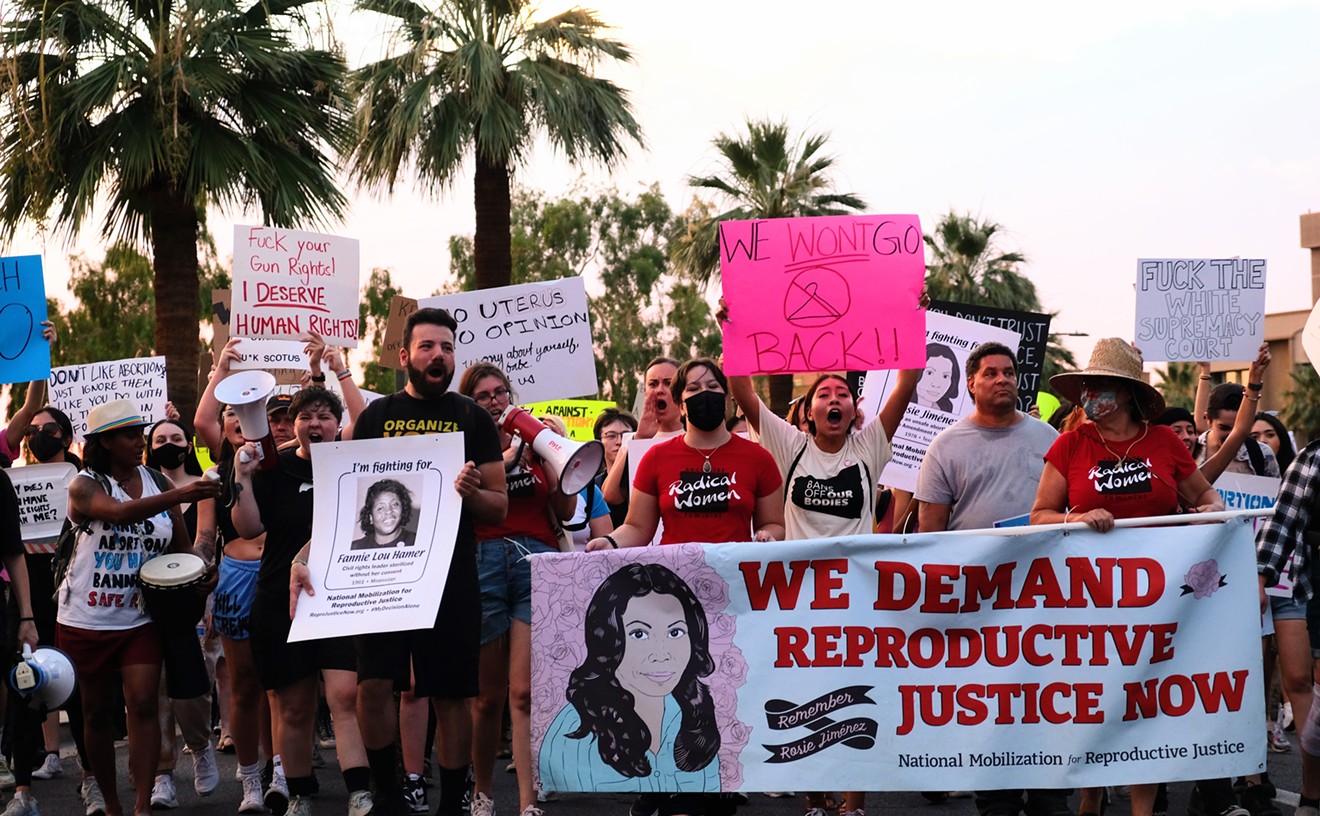Curiosity's driven me to write a little follow-up to my post Wednesday about the WASPy wieners at Skull and Bones being sued by the heirs of the Apache warrior Geronimo. They're suing because it's rumored that Yale's secret society has possession of Geronimo's skull, you see.
According to legend, George W. Bush's grandpappy Prescott Bush pilfered it from its grave in Ft. Sill, Oklahoma. It is now allegedly part of a collection of famous noggins stolen by various generations of Yalies belonging to S&B. Among the collection are supposedly not only the skulls of Geronimo, but of Mexican revolutionary Pancho Villa, and numerous others.
In reading up on what (ahem) legitimate sources I could find on the subject, I ran across a piece by Ron Rosenbaum written for The New York Observer in 2000. Rosenbaum ferrets out the fact that, yes, this secret Yale society has a collection of skulls in "the Tomb," the nearly windowless HQ of Skull and Bones members. How does he know? Seems a bold crew of liberated '70s chicks busted into the all-male sanctuary back when, and took pics of themselves cavorting with the bones therein.
One other lass, whose boyfriend was a Bonesman, snuck her into the Tomb. She reported seeing a little Nazi shrine, a roomful of license plates with the number 322 (an oblique reference to the founding date of this homoerotic frat), and "loads of skulls," including one in an "aquarium-like glass case filled with what looked like turquoise chips," that was identified the skull of "a great native American warrior." Perhaps Geronimo.
Rosenbaum writes that, "Her initiate guide explained to her...that in order to prove their mettle and perhaps to bond them in mutual guilt over participation in an illicit act, each class of 15 new initiates to Skull and Bones were required to dig up, to `confiscate,' the skull of a famous person and bring it to the Tomb to be enshrined in its skull collection. It makes you wonder what other famous dead people are missing their skulls."
One of those other famous persons is believed to be Mexico's Robin Hood, General Francisco "Pancho" Villa, whose skull was swiped from his grave following his assassination and burial in 1923. Several sources report Villa's head to have been stolen, but the argument that it ended up on a dusty shelf at S&B is less convincing, especially after reading an old New Yorker article by Mark Singer.
The piece "La Cabeza de Villa" was reprinted in a 2006 collection of New Yorker articles from Singer titled Character Studies. In it, Singer profiles a group of men in El Paso, Texas who become obsessed with the idea that Skull and Bones has possession of Villa's skull. These men come by this obsession through a familiarity with an obscure book Let the Tail Go with the Hide, which Singer describes as "a cowhide-bound vanity-press as-told-to memoir that was published in 1984 by an Arizona rancher and businessman named Ben F. Williams and his daughter-amanuensis, Teresa Williams Irvin."
According to the Williams memoir, he helped spring an American mercenary named Emil Holmdahl from a Mexican hoosegow. Later, Holmdahl supposedly told Williams that he'd been hired to rob Pancho Villa's grave. An unlikely coincidence helped link Holmdahl to Skull and Bones in Williams' account.
"Forty-five years and a hundred and eighty-five pages later, in Phoenix, Williams visited a friend, Frank Brophy," writes Singer. "On Brophy's wall he saw `a plaque of the Skull and Bones Society.' When Brophy acknowledged that he was a member of Skull and Bones and remarked that `we have Pancho Villa's skull in our house at Yale,' Williams proceeded to tell him the tale of Holmdahl, the jail in Parral, and the twenty-five thousand dollars. Brophy replied, `By God, that's right! Five of us put up five thousand dollars apiece. The other members of Skull and Bones covered his expenses.'"
But Singer believes the tale is too pat to be accurate.
"It is a simple fact that Frank Brophy graduated from Yale College but was never a member of Skull and Bones," states Singer, adding, "Whatever hung on Brophy's wall would therefore not have been `a plaque of the Skull and Bones Society.' This strongly implies, of course, that if Frank Brophy (who died in 1978) told Ben Williams (who died in 1985) that he and four Bones accomplices had paid twenty-five thousand dollars for Pancho Villa's cranium his object was to embroider an anecdote that sounded to him more colorful than truthful."
(Even if Brophy wasn't a Bonesman -- his name doesn't appear on the S&B roster -- the guy was certainly a prominent Phoenician, assuming we're talking about the Frank Cullen Brophy, son of William Henry Brophy. Phoenix's Brophy College Preparatory is Brophy pere's namesake. William's widow, Frank's mom, donated the funds that built the school, founded in 1928. Frank Brophy was also a big John Bircher, and one-time supporter of Barry Goldwater.)
Yet the El Paso group was so convinced that the best and the brightest of the Yankee ruling class owned Villa's cabeza that they wanted to bring a lawsuit against Skull and Bones, in much the same way the heirs of Geronimo have recently done. But you need what lawyers call "standing," and the El Paso curiosity seekers didn't have it. When they tried to get one of Villa's widows (Pancho Villa was some Casanova, it seems) to sign off on the complaint, thus giving them the standing they lacked, the lady declined.
"With what seemed like almost ideological fervor," related Singer, "the widow insisted that Villa's skull was not missing from his grave."
To this day, however, many contend that the Skull and Bones imperialists have desecrated the grave of the great "Mexican centaur," as Villa's sometimes called. Conspiracy theorists need no more convincing, and some Chicano activists find it to be the perfect tale with which to illustrate gabacho treachery.
Granted, this version of history's a helluva lot more intriguing -- like something out of a Raymond Chandler tale, if Chandler had planted Philip Marlowe's office in some booming Arizona burg. "The Case of the Missing Mexican Skull," it could've been called.
But the more you read, the more you find that the cabeza ain't all that's disputed regarding Villa's remains. Like the pawn shop in El Paso that claimed to have his trigger finger. Or the Pancho Villa death mask, auctioned off for $17K, that some say was bogus. Or even Villa's headless corpse, which could be in Mexico City or Parral, Chihuahua, depending on whose story you buy. In fact, I've got Villa's left foot in a jar of formaldehyde underneath my desk at work. And I'll only charge you $10 to see it. Five dollars, if you're willing to give it a massage.











